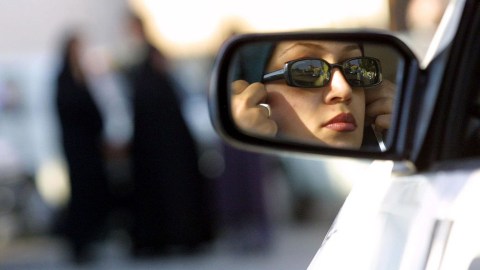Women Spend More Time in Traffic than Men

You might think of traffic as more of a male phenomenon than a female one. The image of a man driving alone to work with a latte sitting in the cupholder and the morning radio program on is easy to bring to mind. However, the numbers tell a bit of a different story when it comes to who’s actually on the road.
Interestingly enough, cars in the U.S. were originally marketed at women as a way to help them take care of errands. And now, the “vast majority” of car trips are used for doing just that — running errands. That can include going grocery shopping, shepherding kids around, or taking care of any of the other household tasks that need to get done throughout the week. And most of the time, the person sitting through traffic to take care of all these errands is a woman.
One thing is true though about the stereotype from the beginning about the man driving to work. Women are more than twice as likely as men to be driving someone else around with them, while men are more likely to be driving alone. Additionally, men have longer work commutes on average than women, especially among families with children. For example, in a family with children where both parents work, the male breadwinner commutes on average an additional 16 minutes to reach the workplace.
But before getting too sympathetic on either side, you also have to remember that women typically leave slightly later for work than men, meaning they often get stuck in the worst of the traffic. Commuting is a painful experience all around, but the way men and women experience it are not the same.
Researchers wonder if all this information on travel patterns means that traditional gender roles are still big in the average household. Women may still be perceived as the ones who need to take care of children and the home, while men are expected to put most of their energy toward the workplace.
—
Header Image: BEHROUZ MEHRI / Staff





